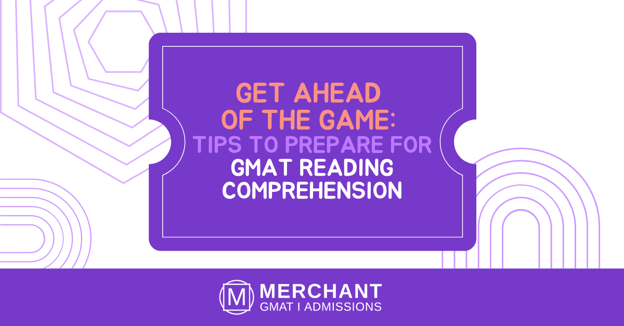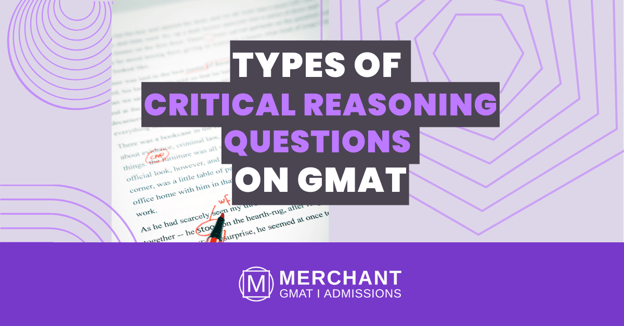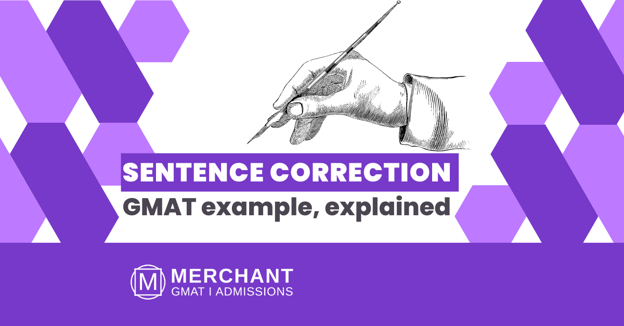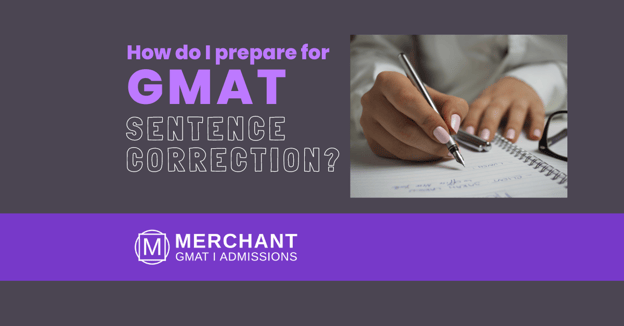How to Recognize and Answer Every Type of GMAT Reading Comprehension Question
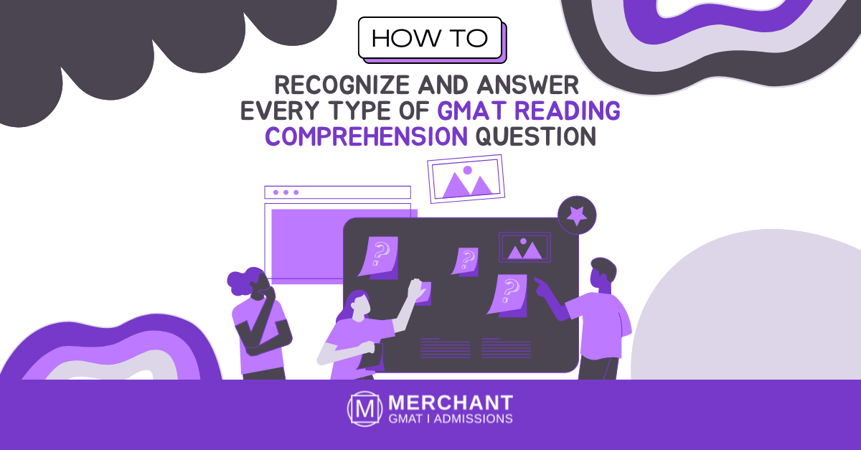
Are you preparing to take the GMAT? Reading Comprehension (RC) can often be one of the most difficult parts of the exam, leaving many test takers feeling overwhelmed by their options. Fortunately, if you understand what each question is asking for and how to approach it effectively, you can gain a huge advantage on the GMAT RC section. In this blog post we’ll explore various approaches for recognizing and accurately answering every type of GMAT RC question. Whether your main challenge lies in comprehending unfamiliar concepts or quickly deciphering answers from dense passages, our tips will help ensure that your score reflects your true potential!
Overview of the GMAT Reading Comprehension Section
The GMAT RC section is designed to measure a student's ability to understand, analyze and make deductions based on written content. This section consists of long passages followed by several questions that test how well the student understands the material. Each passage is usually around 200 to 400 words in length with an average of 4 questions for each passage. In GMAT RC, students must be able to comprehend the author’s tone, purpose and opinion from reading the passage. Thus mastering this section requires strong reading comprehension skills as well as efficient time management skills as there is only about 1.3 minutes for each question.
Six Types of GMAT RC Questions and How to Answer Each One
The GMAT is considered one of the most notorious and difficult tests to conquer — so it's no wonder why mastering its RC section can be challenging. Most questions will fall into one of six categories: Purpose, Detail, Inference, Tone, Structure and CR type questions. When analyzing the question type, it helps to treat each category like a puzzle — breaking down each component to determine what the actual question is asking and then connecting those pieces until you have an answer. Learning how to identify which type of question you are being asked when taking the GMAT not only helps you direct your focus to appropriately tackling it but also increases your overall confidence. With enough practice and development of a go-to strategy for different types of questions, soon you'll be able to breeze through the entire reading compartment with ease.
a. Purpose Questions
These questions typically ask you to identify the primary point or thesis of the passage. To answer purpose questions, you should read the entire passage carefully and try to identify the main topic or subject that the author is discussing. Look for the author's main argument or point of view, and pay attention to any key words or phrases that indicate the author's focus. Once you have identified the main topic or subject, look for the author's main point or thesis statement. This is often located in the introduction or conclusion of the passage, but it may also be located elsewhere in the text. When answering Purpose questions, it's important to choose the verb in the answer choice that best represents the author's main point or thesis statement. Be sure to consider all of the answer choices carefully and eliminate any choices that are clearly incorrect or irrelevant to the passage.
b. Detail Questions
These questions ask you to identify specific information or details from the passage. To answer Detail questions, it's important to carefully read the passage and look for the specific section that discusses the information the question is asking for. Pay attention to details such as names, dates, numbers, and other specific facts or figures. Sometimes, Detail questions may be asked in the form of "In line X, what does the author say about Y?" In this case, you should locate the line number indicated in the question and read the sentence or passage surrounding it to find the answer. It's important to remember that Detail questions often require careful attention to specific details, so it's a good idea to take notes or underline key information as you read the passage. Be sure to eliminate any answer choices that are clearly incorrect or don't match the specific details mentioned in the passage.
c. Inference Questions
These questions ask you to draw conclusions or make inferences based on the information presented in the passage. To answer Inference questions, it's important to carefully read the passage and use the information provided to make a logical deduction. Inference questions often ask you to go beyond the information that is explicitly stated in the passage, and instead use your critical thinking skills to make an educated guess based on the available evidence. Inference questions may be asked in a variety of ways, such as "What can be inferred from the passage about X?" or "Based on the information in the passage, which of the following statements is most likely true?"
To answer these types of questions, you should look for clues in the passage that may indicate a particular inference or conclusion. Look for keywords or phrases that suggest a relationship or connection between different pieces of information, and consider any implications or consequences that may arise from the information presented. When answering Inference questions, it's important to choose the answer choice that is the most logical and supported by the available evidence in the passage. Be sure to eliminate any answer choices that are clearly incorrect or that go beyond the scope of the passage.
d. Tone Questions
These questions ask you to identify the author's attitude or tone towards a particular subject or topic. To answer Tone questions, you should carefully read the passage and look for clues that may indicate the author's tone or attitude. Tone can be conveyed through word choice, sentence structure, and other stylistic elements of the writing. Look for words or phrases that may indicate the author's feelings towards a particular subject, such as positive or negative connotations, strong language, or sarcasm. Consider the overall tone of the passage and how it may affect the author's perspective on the subject.
Tone questions may be asked in a variety of ways, such as "What is the author's attitude towards X?" or "How does the author feel about Y?" When answering Tone questions, it's important to choose the answer choice that best represents the author's tone or attitude towards the subject. Be sure to eliminate any answer choices that are clearly incorrect or that do not accurately reflect the tone of the passage.
e. Structure Questions
These questions ask you to analyze the structure of the passage and how the author has organized the information. To answer Structure questions, it's important to understand the overall structure of the passage and how the different parts relate to each other logically. Look for clues such as transitional words or phrases, connectors, repeated themes or ideas, and changes in tone or perspective.
Structure questions may be asked in a variety of ways, such as "What is the main idea of the passage?" or "How is the passage organized?" When answering Structure questions, it's important to consider the main purpose or argument of the passage, as well as the supporting details and evidence that the author uses to make their point. Look for patterns or themes that may indicate how the information is organized logically (i.e. relations that show contrast, comparison, cause-effect, consequence, etc.) and consider the overall flow and coherence of the writing. Be sure to eliminate any answer choices that are clearly incorrect or that do not accurately reflect the structure of the passage.
There are other RC questions that are very similar to the questions asked in CR. Make sure you know how to identify those questions and apply the same strategies you implement in CR.
Tips for Answering Every Type of Question Quickly and Accurately.
Here are some tips to help you answer RC questions correctly on the GMAT:
- Read actively: As you read the passage, actively engage with the text by highlighting key points, underlining important details, identifying structure words (those that help organize ideas logically) and taking notes. This will help you stay focused and retain important information.
- Understand the main idea: Make sure you understand the main idea or purpose of the passage before moving on to the questions. This will help you answer questions more accurately and efficiently.
- Identify key details: Look for key details or supporting evidence that help to explain or illustrate the main idea of the passage. These details will often be the basis for the questions that follow.
- Look for context clues: Pay attention to context clues such as transitional words and phrases, rhetorical devices, and tone or mood shifts that can help you understand the relationships between ideas in the passage.
- Eliminate wrong answers: Use the process of elimination to narrow down your answer choices and eliminate any obviously incorrect answers. This can help you increase your chances of selecting the correct answer.
- Practice time management: Be mindful of the time you have allotted for each passage and set a target time for each question. If you are struggling with a particular question, move on and come back to it later.
- Practice regularly: The more you practice answering RC questions, the better you will become at identifying key details and answering questions accurately.
Remember, the key to answering RC questions correctly is to stay focused, engaged, and organized while reading the passage, and to carefully analyze the questions and answer choices to identify the best answer.
To sum up, researching and preparing for the GMAT RC section is no small task. The test requires diligent effort on behalf of the test takers in order to score well. Fortunately, there are many tools available to make studying easier and quicker. Knowing the types of GMAT reading questions is essential to ace this section of the exam, so take a few hours out of your day to research each one, focus your efforts on mastering them and use our tips and tricks to help you answer every type of question accurately and quickly. With practice, hard work, and dedication, earning points on this part of the GMAT will be achievable. Now that you have a better understanding on how to successfully tackle the GMAT RC Section, start your GMAT journey with expert coaching from Merchant GMAT & Admissions today!


